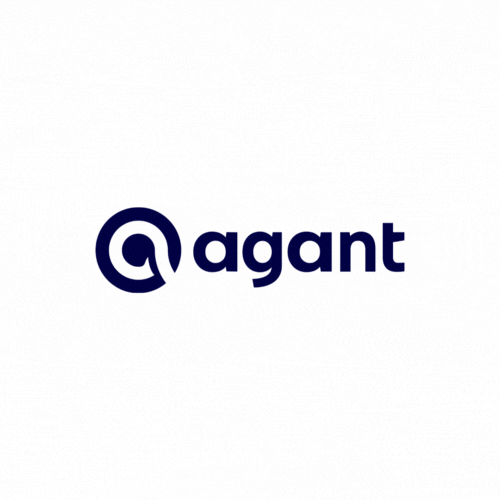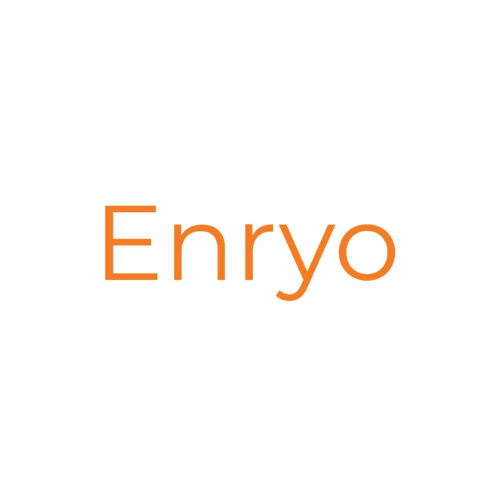A new paper by Patrick Hansen (Circle Internet Financial) and Helmut Bauer (Flawless Money) was recently published via SSRN to explore the intricacies of the European Union’s (EU) regulatory approach to fiat-backed stablecoins within the framework of the Markets in Crypto-Assets Regulation (MiCA). The study compares MiCA’s significance regime to established frameworks in banking and payment regulation, such as the Basel Committee on Banking Supervision (BCBS) framework for global systemically important banks (G-SIBs) and the European Central Bank’s (ECB) oversight framework for electronic payment instruments.
MiCA’s significance regime is highlighted for its unique dual purpose, which involves transferring supervisory responsibility while also applying additional prudential measures. However, the paper points out significant disparities in the calibration of MiCA’s significance thresholds compared to other regulatory frameworks. While MiCA aligns closely with certain criteria, such as the EU Single Supervisory Mechanism (SSM) framework, it falls short in effectively filtering out stablecoins posing systemic risks, according to the study.
The paper raises concerns about MiCA’s straightforward approach to determining significance, which lacks the nuanced, risk-based layers found in the BCBS G-SIB model. This simplistic dichotomy, the authors argue, results in a “cliff-edge effect” where regulatory requirements drastically escalate for issuers of significant stablecoins without considering proportionate adjustments based on risk assessment.
In light of these findings, the paper suggests disentangling MiCA’s dual purpose and calls for a more nuanced approach to regulating stablecoins. It emphasizes the need for regulatory agility to address varying degrees of systemic risk posed by stablecoin issuers.
Moreover, the paper discusses how the EU’s approach diverges from global regulatory developments in the stablecoin space, highlighting potential areas for alignment and improvement. Overall, the paper provides valuable insights into the complexities of regulating stablecoins within the EU and offers recommendations for enhancing the effectiveness and proportionality of MiCA’s regulatory framework.



































































